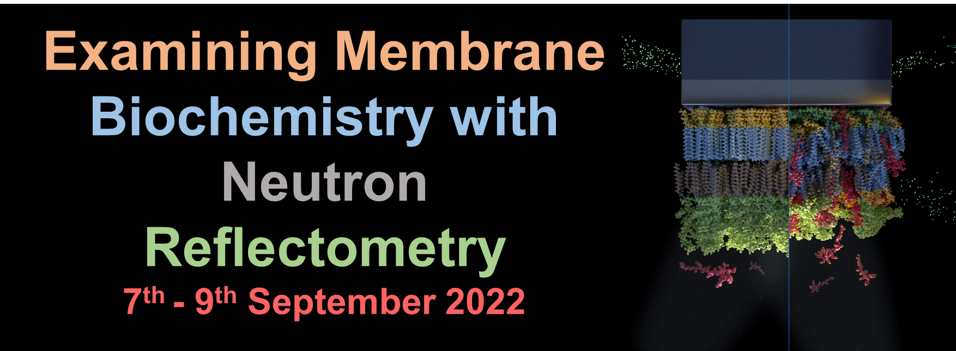Speaker
Description
Maintaining the integrity of cellular lipid membranes is critical for proper functioning of cells. Many natural toxins have evolved to damage lipid membranes by forming pores. The mechanisms by which these pores are formed have been intensively studied in recent years because pore-forming proteins have a prominent role in microbial pathogenesis and the immune system. Biophysical and structural biology approaches, and model lipid membrane systems are used to study the structure and function of these intriguing proteins. We will present how we have used neutron reflectometry to study the steps in the pore formation mechanism of necrosis and ethylene-inducing peptide-1-like proteins (NLPs). NLPs are produced by some of the most pressing phytopathogens and enrolled in diseases of major crops. Their distinctive feature is that they act on lipid membranes containing plant sphingolipids, glycosylinositolphosphorylceramides (GIPCs), one of the major components of the plant plasma membrane. Using neutron reflectometry and other biophysical approaches, we demonstrated that NLPs associate with membranes in a multi step mechanism involving electrostatically driven and plant-specific lipid recognition, shallow membrane binding, followed by protein oligomerization and pore formation. Notably, neutron reflectometry showed that a layer of an NLP protein forms on the surface of the supported lipid membrane.

